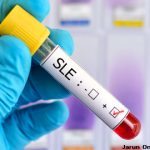It is better to be feared than loved. The associate dean of student affairs at my medical school embraced this motto. Although the dean of the medical school was titularly in charge, it was the associate dean who kept the school running. And we all feared her, just a little bit. Without ever raising her…









